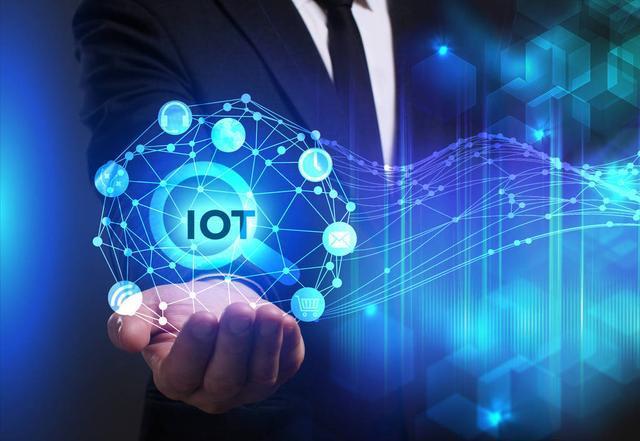According to the latest report from McKinsey Global Institute, the potential economic value that the Internet of Things can unlock is huge and growing. By 2030, it estimates that the Internet of Things can create a value of US$5.5 trillion to US$12.6 trillion globally, including the value gained by consumers and customers of IoT products and services.

The economic value potential of IoT varies with the type of physical environment in which it is deployed. McKinsey found that factory environments (including standardized production environments in manufacturing, hospitals and other areas) will account for the largest amount of IoT’s potential economic value by 2030, accounting for approximately 26%. Secondly, it is deployed in the human health environment, accounting for 10% to 14% of the economic value of the Internet of Things.
If we distinguish between B2B and B2C, B2B applications are where most of the IoT value is created. It is estimated that by 2030, approximately 65% of the value potential of the Internet of Things will come from B2B. But the value of B2C applications is also growing rapidly, as households adopt IoT solutions faster than expected.
If distinguished by use case clusters, operational optimization and human productivity clusters may account for about 56% of the economic value of the Internet of Things by 2030; health and condition-based maintenance will account for 15% and 12% respectively.
Relatively speaking, although autonomous vehicles (including partial driving automation or level 2 autonomous driving, etc.) only account for 2% of the value, they will be the fastest growing cluster in the future. Under the high-end scenario, the compound annual growth rate from 2020 to 2030 is 37%. While autonomous driving systems are gaining traction, the use of sensors throughout vehicles will continue to grow steadily as consumers demand greater safety and reliability. Therefore, adding security features will account for a large portion of the added value of IoT in the first half of the next decade.
From a regional development perspective, it is expected that the economic value potential of the Internet of Things in developed countries will account for 55% of the global total by 2030, but is lower than 61% in 2020. The main reason is that China will become the main driving force for the growth of the Internet of Things in the next few years. It is predicted that by 2030, China may account for about 26% of the global IoT economic value, slightly higher than its predicted global economic market share of 20%, and higher than the 19% of the IoT economic value of all emerging markets.
McKinsey cites three main factors that are driving the adoption of IoT solutions today and in the future. The first is the perceived value proposition: today the Internet of Things is a core enabler of digital transformation and sustainable development for companies and public institutions around the world. Second is technology: The significant progress in technology in the past five years, whether it is faster instruction cycles, ubiquitous storage, increased battery capacity, and major developments in AI and machine learning, are all driving the Internet of Things. Finally, there is the network: 4G network coverage has expanded, and 5G networks are being deployed rapidly.
Parole chiave: Analog data transmission